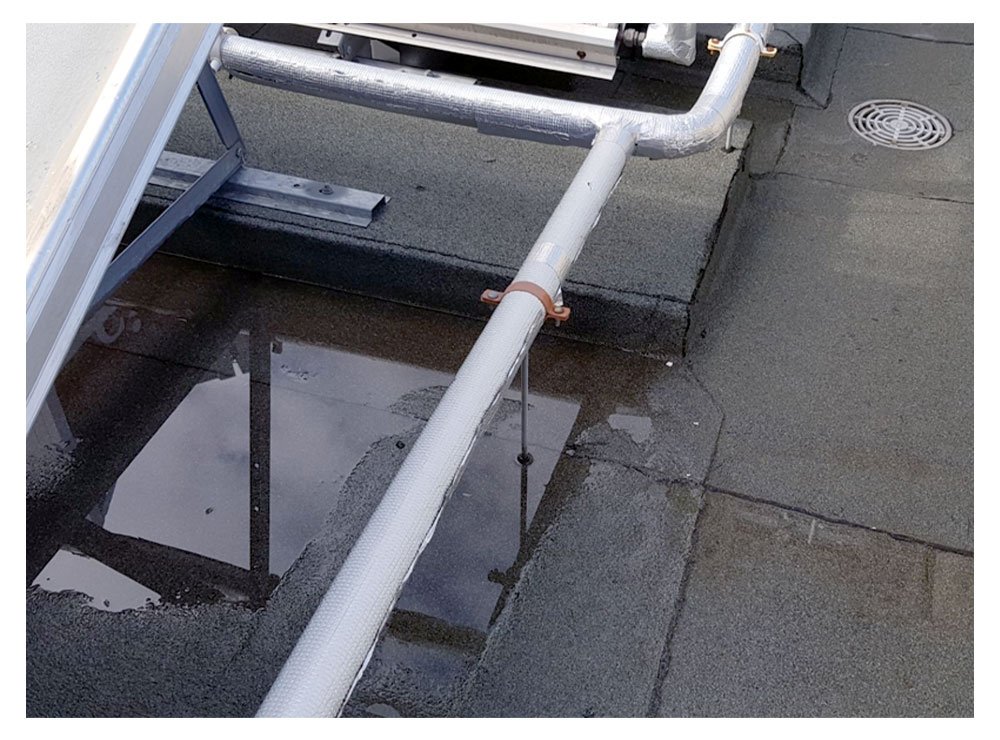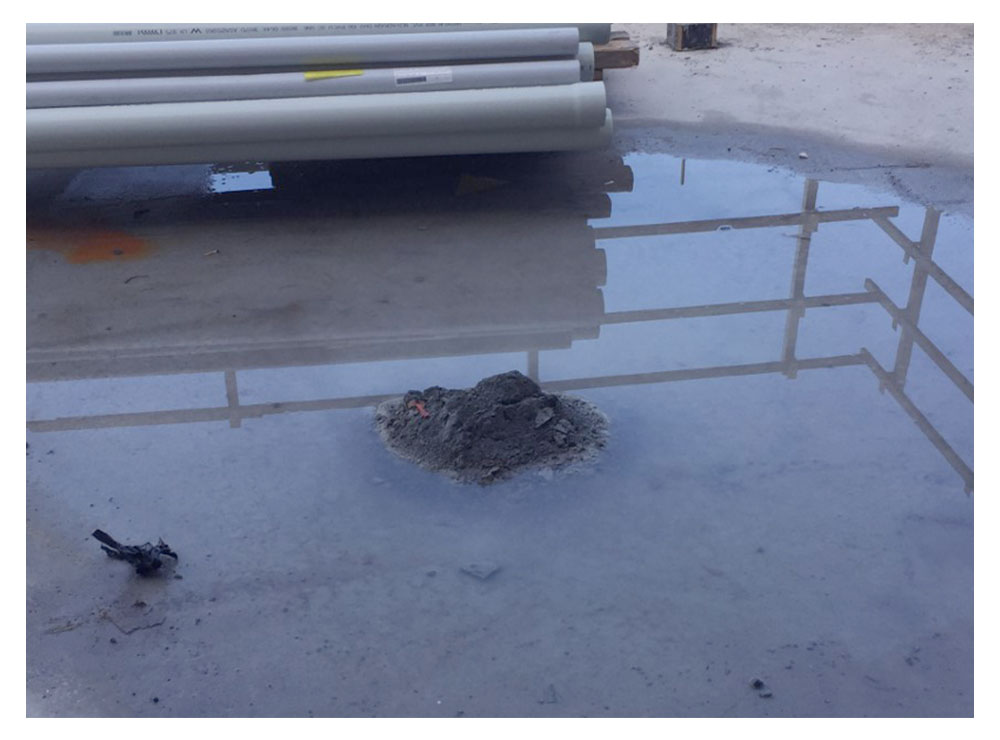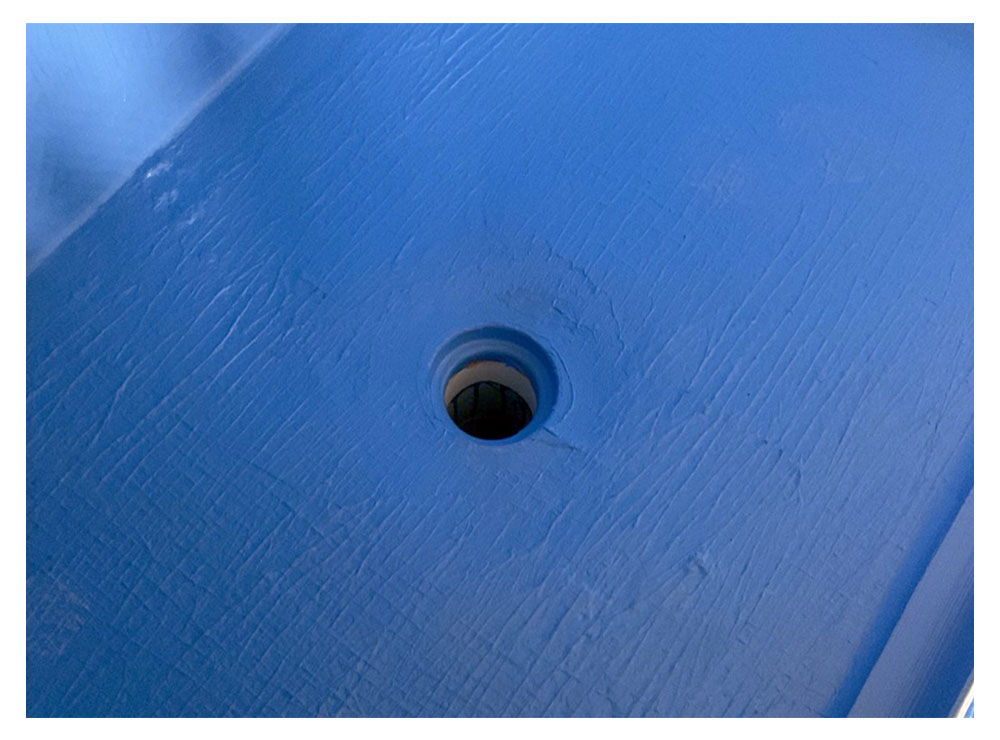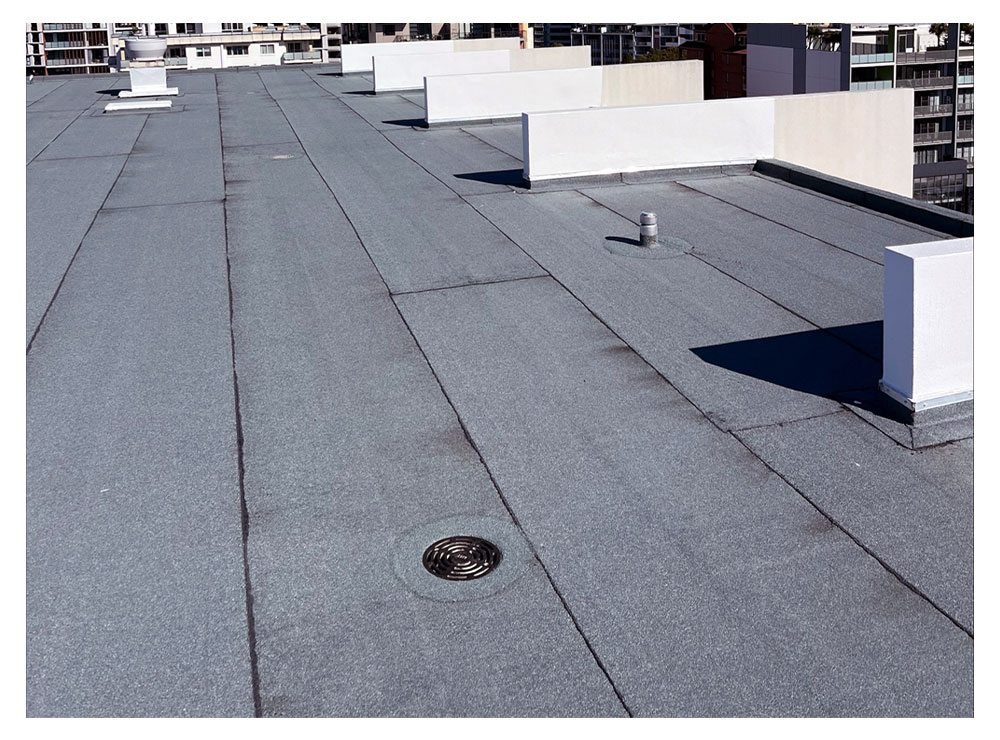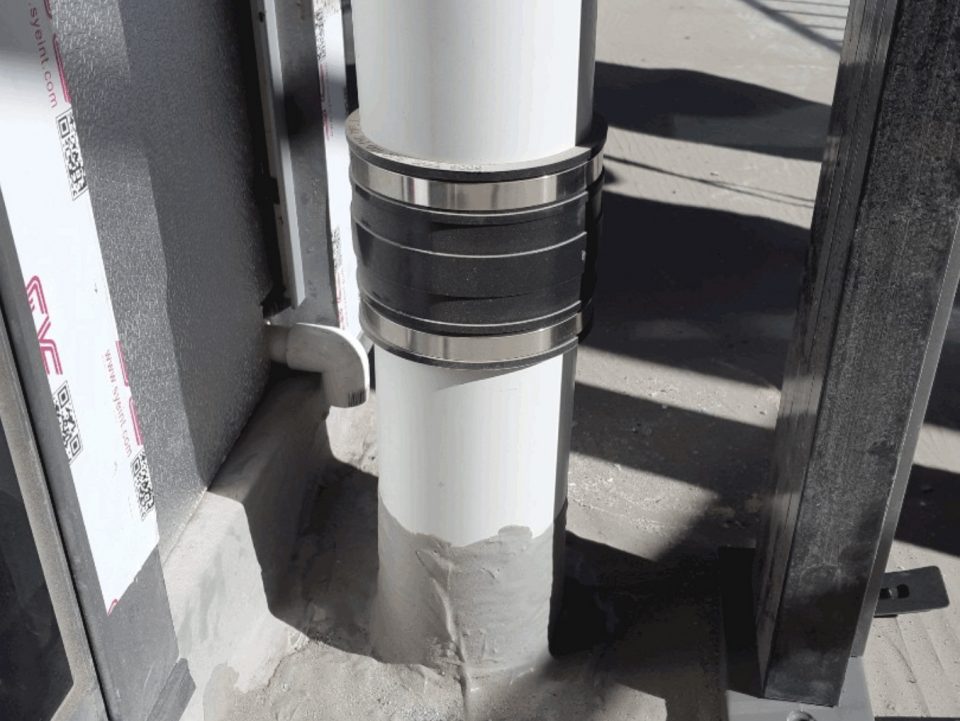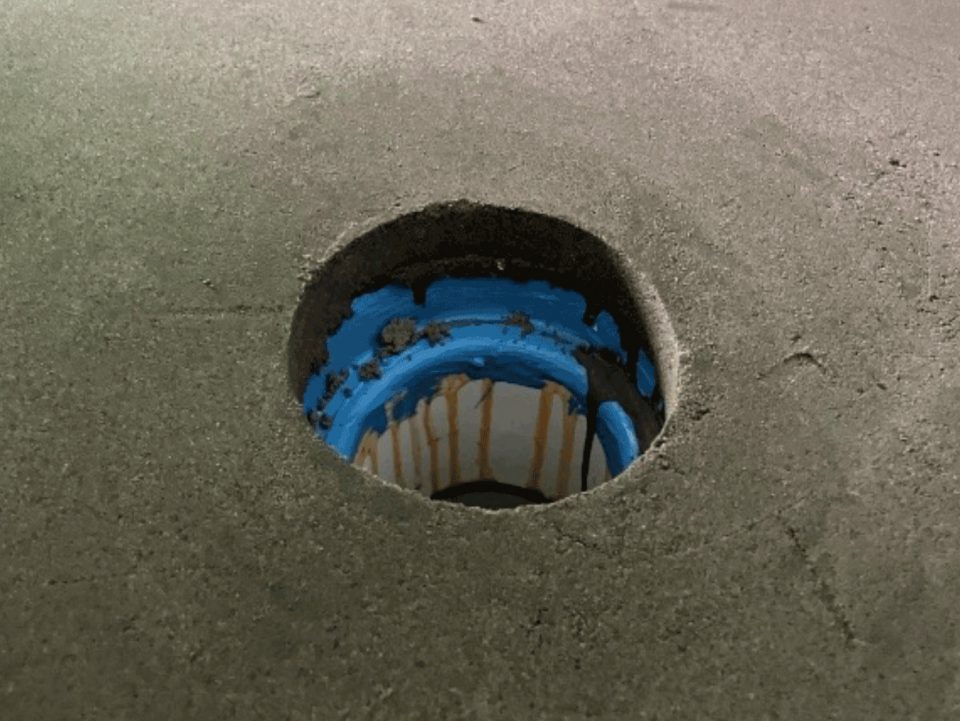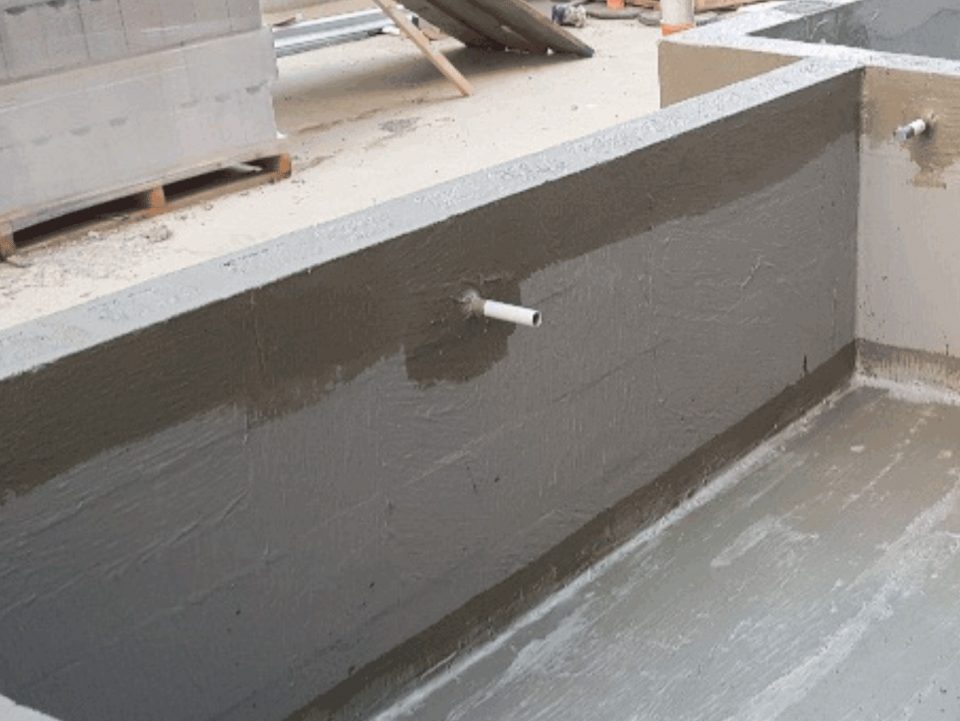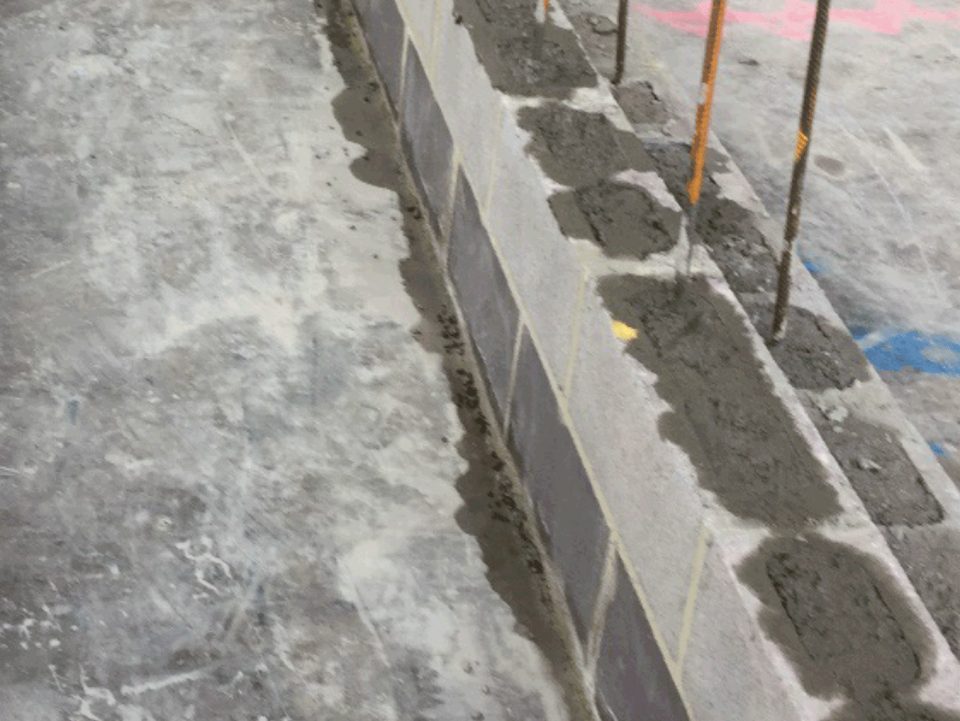Home Cuppa Convos Technical Snapshots Technical Snapshot: Water Ponding on Waterproofed Surfaces
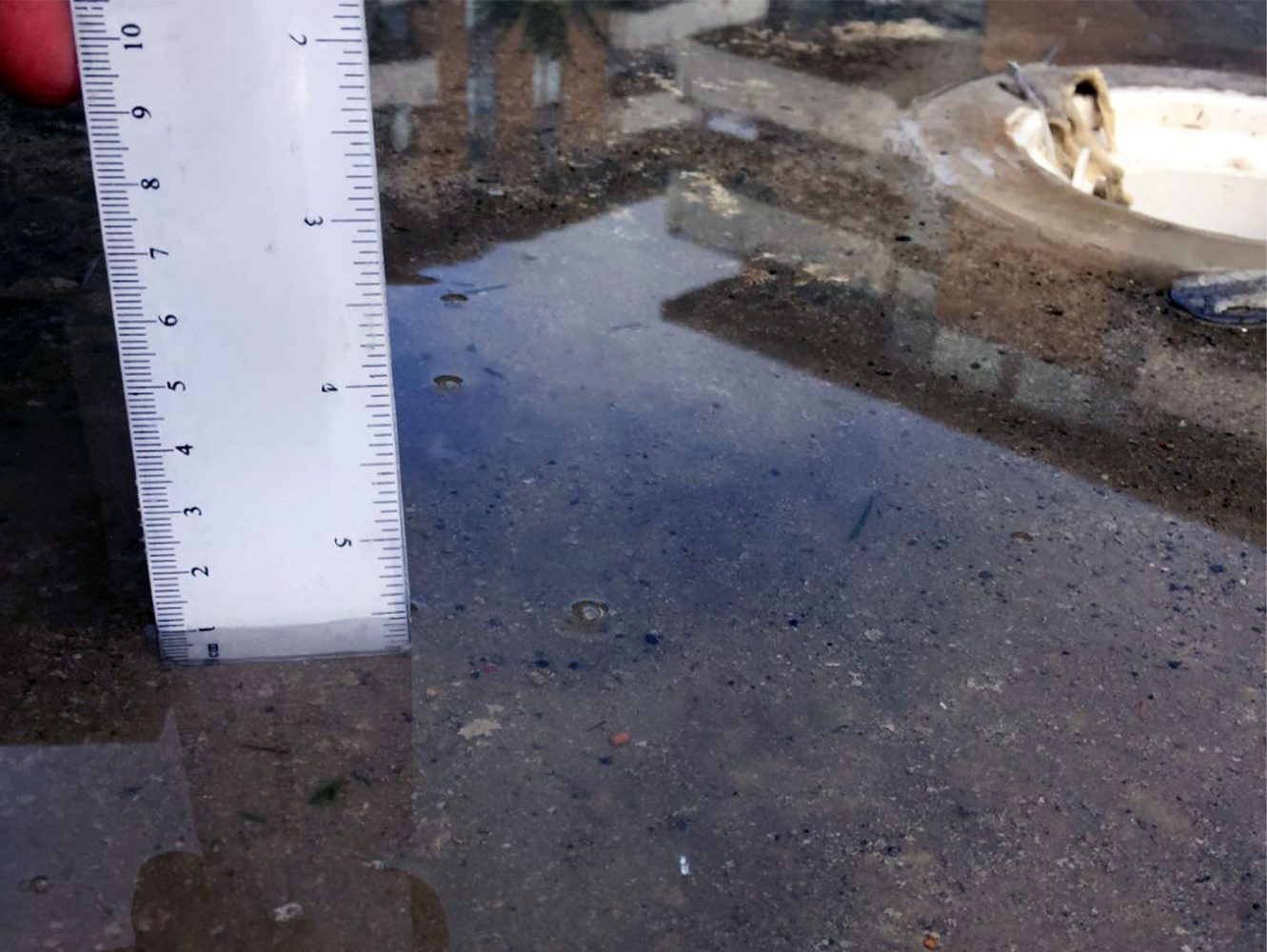
Technical Snapshot
Issue: Water Ponding on Waterproofed Surfaces
Water ponding on flat surfaces after waterproofing is a frustrating yet common issue that can compromise the integrity of a waterproofing system.
While the waterproofing membrane is designed to keep water out, improper drainage or insufficient falls in the surface can trap water, creating pooling that eventually leads to water damage or leaks.
This is particularly problematic in outdoor areas like balconies, rooftops, or terraces, where standing water can accelerate wear and tear.
Why it Happens:
Poor Drainage Design: A well-designed drainage system is key to keeping water moving off the surface. When the system is either improperly placed or not designed to handle the expected volume of water, ponding can occur. In some cases, debris buildup in drains or gutters also contributes to water pooling.
Incorrect Fall Ratios: Surface slope (or “fall”) is critical in ensuring water runs toward drains rather than sitting in one place. Surfaces that are too flat or have insufficient falls will trap water instead of directing it away. Without the proper angle, gravity can’t do its job, leaving water to pond in certain areas and eventually degrade the waterproof membrane.
Connect Your Wastes: Don’t leave this step for later! If a weather event occurs before your drainage is properly connected, you can lose valuable time and even damage expensive materials. Contact a plumber to come out to your site and make sure any unexpected water has a place to go – one that isn’t on your working surface.
Incorrect
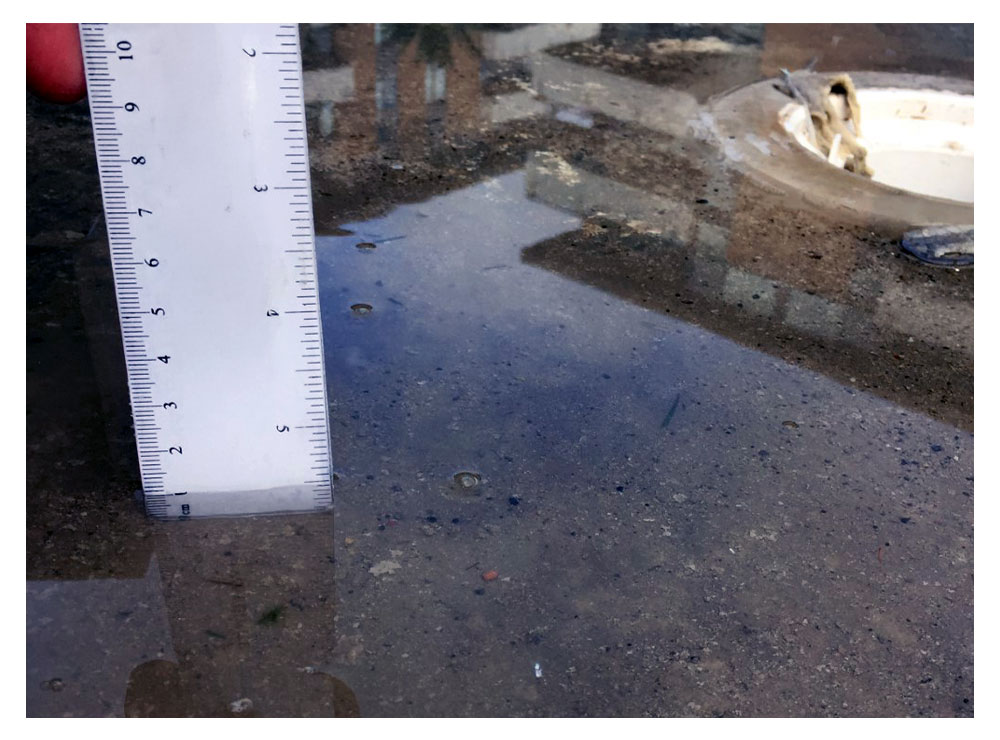
Pic 2. If ignored, ponding will damage the most robust membranes
Pic 3. Connect your wastes as a starting point to save valuable time
Solution
AS 4654.2 states that, falls are essential for ensuring proper water runoff on surfaces exposed to the elements. The Standard specifies that all external surfaces like balconies, terraces, or flat roofs should have a minimum fall of 1:100.
This means for every metre of horizontal surface, there should be at least a 10mm drop towards the drainage point. The guideline also notes that steeper falls may be required depending on the type of surface, expected water flow, and local conditions like wind and rain exposure.
Evaluate the Drainage Design: Start by checking the existing drainage layout. Ensure there are enough drainage points and that they’re strategically placed in areas where water naturally flows. Adjusting or adding drains may be necessary to cover all surface sections effectively.
Correct the Surface Fall: Verify the slope to ensure it meets the 1:100 fall requirement set by AS 4654.2. If the fall is too shallow, re-levelling the surface may be needed to direct water toward the drains. In some cases, resurfacing or re-sloping might be required.
Water ponding is preventable with proper drainage and surface falls. Poor design or inadequate slope can undermine waterproofing systems. Following AS 4654.2 guidelines and using quality materials helps prevent ponding, protect surfaces, and reduce repair costs. Proper preparation and design are key to long-lasting results.
Do you have a technical issue you need help with? Bayset’s Technical Team is here to provide you with solutions. Call: 1300 BAYSET
Correct
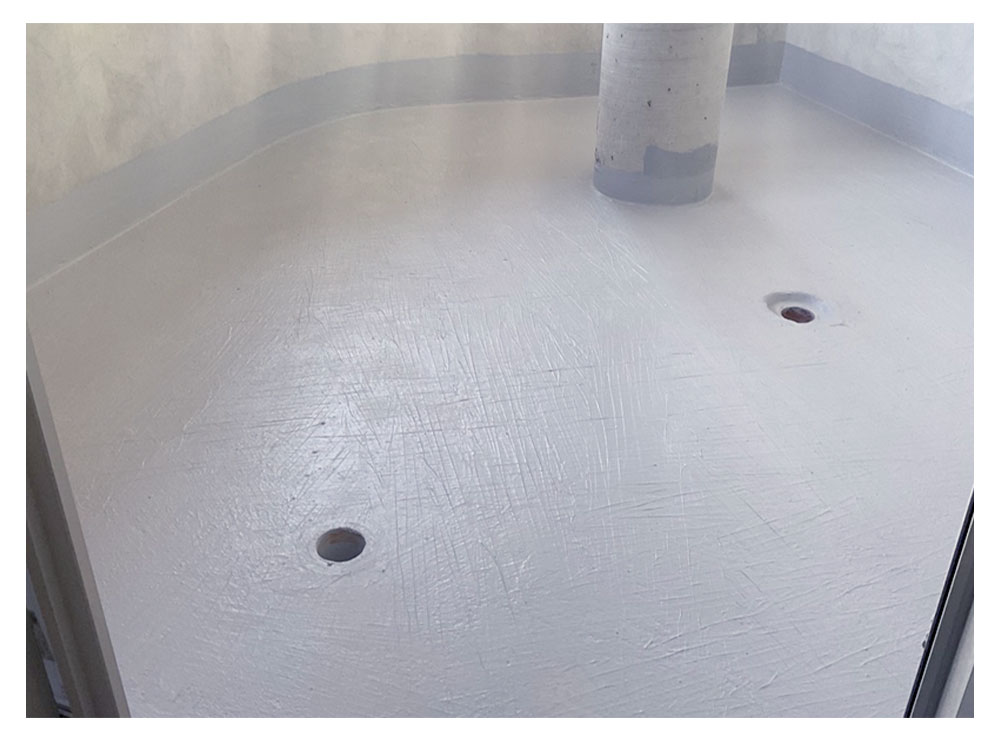
Pic 5. Protect your puddle flange with an appropriate membrane
Pic 6. Extend the life of your materials by directing water adequately
